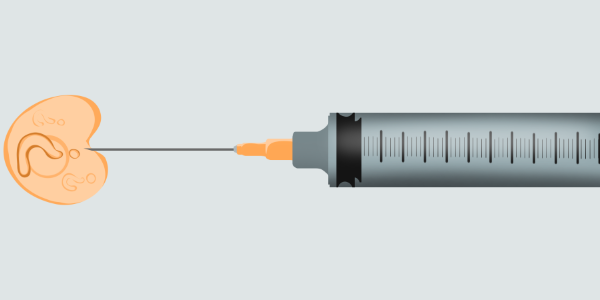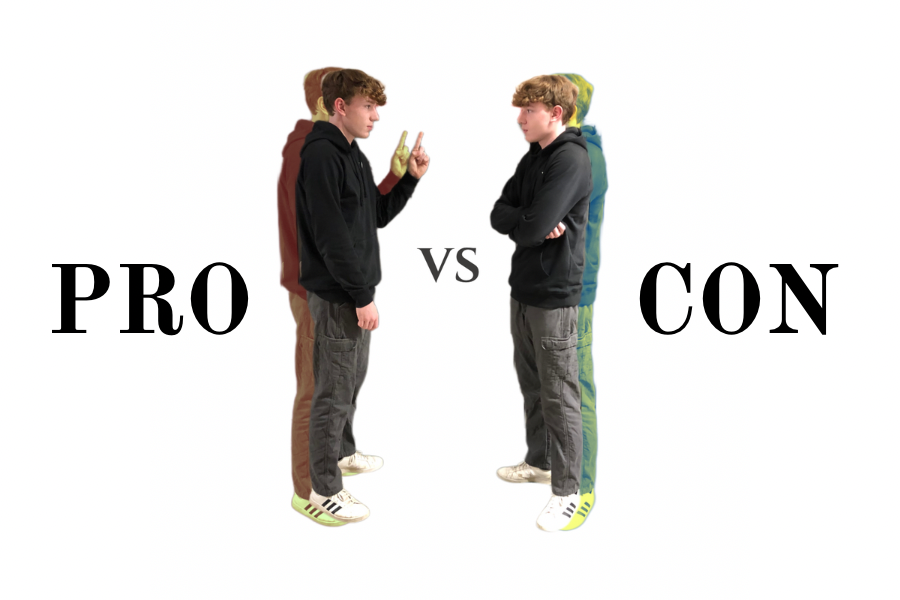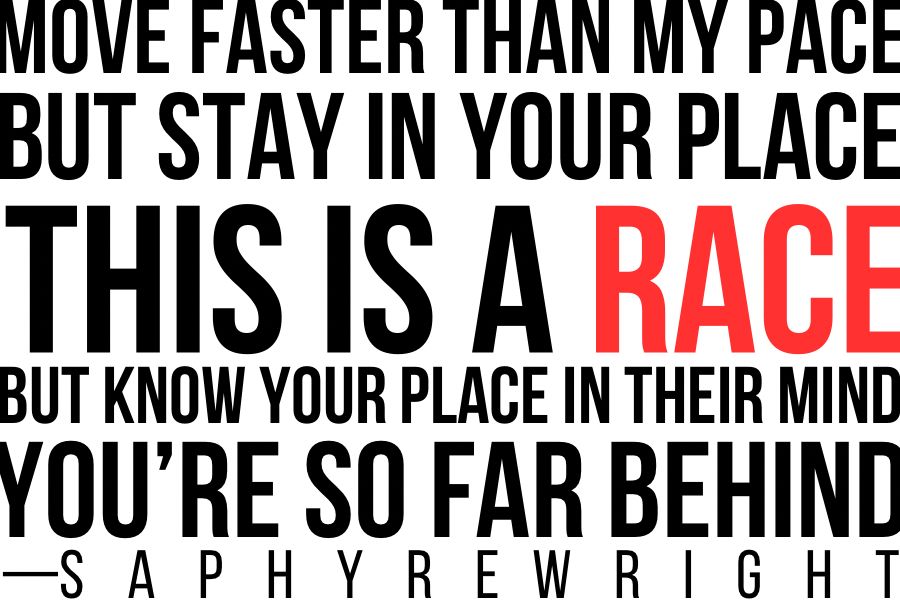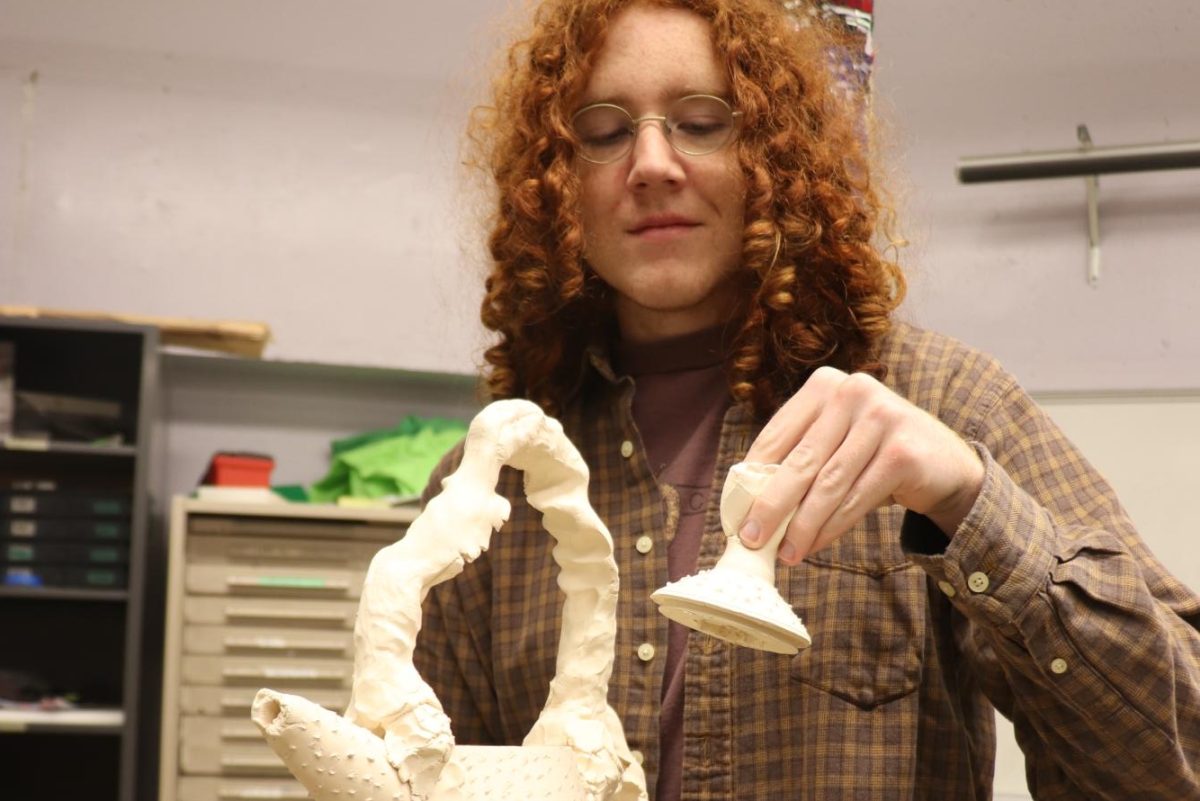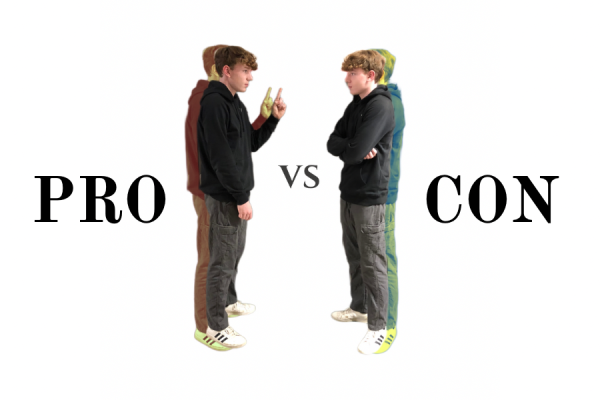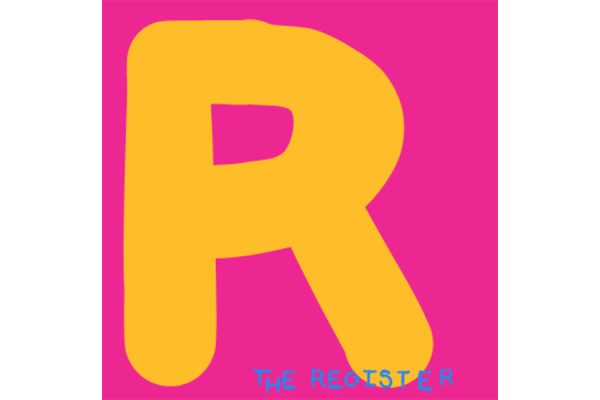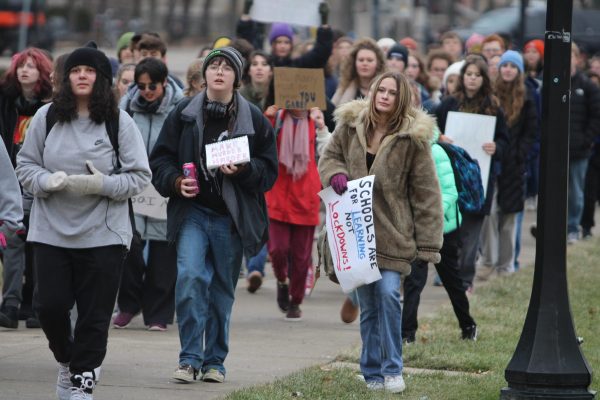Prison Problems
February 5, 2016
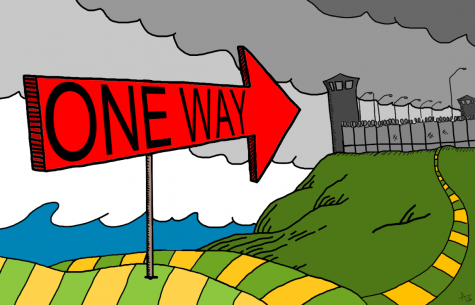
The United States has the highest incarceration rate in the world, surging above Russia, Cuba and China. Even though the United States houses one-twentieth of the global population, it contains a quarter of the world’s prisoners.
The daily news is filled with new offenders being put behind bars, along with the heroics it took to place them there. Sadly, heroism is the worst word to use.
Drug convictions have increased by 400 percent since 1980, mostly due to the war on drugs, The war on drugs was initially started by President Nixon in an attempt to fight youthful rebellion in the 1960s. Nixon’s fight is continued today by many politicians. Drug related crimes make up 50 percent of all crimes prosecuted. Most involve repeat offenders.
The disproportionate percentage of African Americans that are incarcerated compared to the percentage of African Americans in the general population suggests that racism plays a key factor. African-Americans comprise 12% of regular drug users but are almost 40% of those arrested for drug offenses. African-Americans also make up one million of the 2.3 million incarcerated population in the United States, even though they comprise 15.2 percent of its population. These statistics show that equality does not exist in America’s courts and prisons.
The poor conditions of prison facilities is also a major problem with the criminal system. Yes, the United States is building new prisons at an alarming rate; however, this rate cannot keep up with its world-leading incarceration rate, resulting in severe overcrowding. Nor are enough older facilities getting renovated.
Unfortunately, “correctional” facilities are an empty promise for incarcerated individuals looking to gain life skills in order to return to their families and friends in the real world. Too many prison systems are designed as one-way roads; once you go down you cannot return. Since 2010, 83 percent of released felons returned to jail after their first sentence. This shows rehabilitation is not effective in prisons.
On top of time served, released felons have their names entered into databases, which are then made available to the public. Every felon is tracked for at least 15 years and usually longer based on the severity of the crime. This public record-keeping makes it near impossible for former prisoners to apply for jobs and succeed after serving their sentences, resulting in ex-felons returning to a life of crime.
Strides are being made to fix the system, starting with America’s top leaders.
“America is the land of the second chance,” said George W. Bush. “When the gates of the prison open, the path ahead should lead to a better life.”
This past July marked the first time a sitting president had ever visited a federal prison. President Obama said he hopes to change laws requiring a mandatory sentence for nonviolent drug related crimes.
More than laws will have to be changed to fix the United State’s prison system. The war on drugs must end. Facilities need to improve and prisoners’ rights must be maintained. Above all, high rates of incarceration of African Americans must come to an end.











